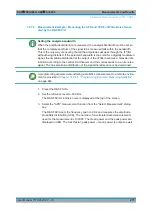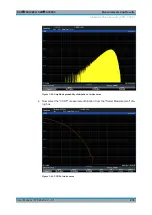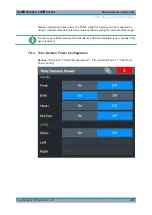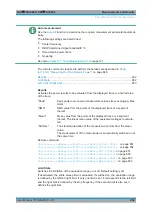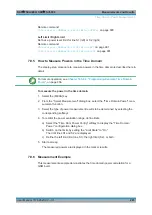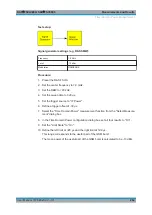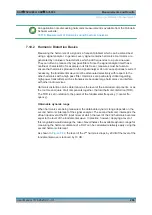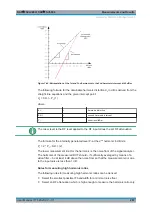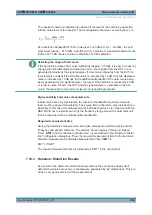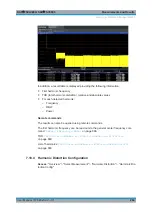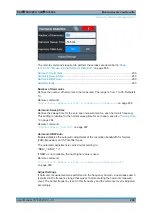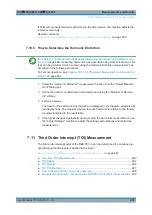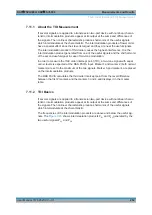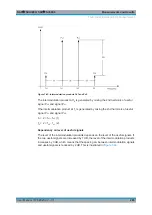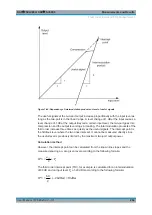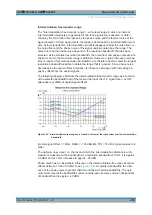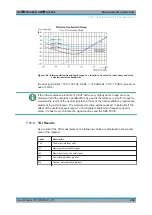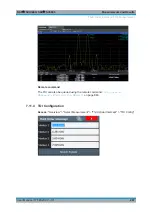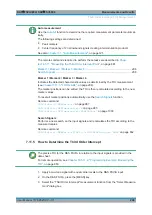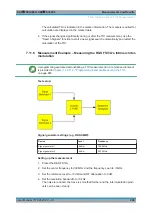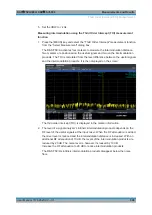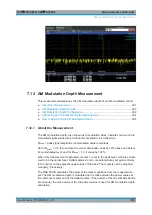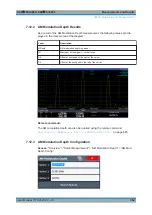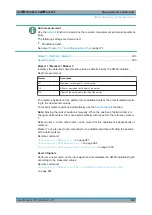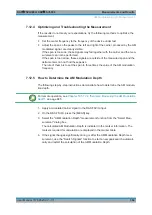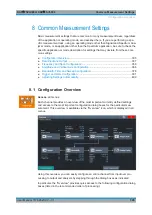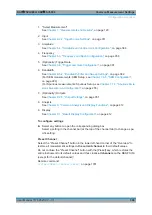
Measurements and Results
R&S
®
FSVA3000/ R&S
®
FSV3000
291
User Manual 1178.8520.02 ─ 01
If harmonic measurement was performed in the time domain, this function adjusts the
reference level only.
Remote command:
CALCulate<n>:MARKer<m>:FUNCtion:HARMonics:PRESet
7.10.5
How to Determine the Harmonic Distortion
In
Chapter 9.3.6, "Measurement Example: Measuring Harmonics Using Marker Func-
on page 466, measuring harmonics was described using marker functions. This
task can be performed much simpler using the Harmonic Distortion measurement, as
described in the following procedure.
For remote operation, see
Chapter 14.5.10.5, "Example: Measuring the Harmonic Dis-
1. Select the "Harmonic Distortion" measurement function from the "Select Measure-
ment" dialog box.
2. Define the number of harmonics to be determined using the "Number of Harmon-
ics" softkey.
3. Perform a sweep.
The trace for the determined harmonics are displayed in the diagram, separated by
red display lines. The measured power for each harmonic in relation to the funda-
mental is indicated in the result table.
4. If the signal changes significantly during or after the harmonics measurement, use
the "Adjust Settings" function to adjust the settings automatically and restart the
measurement.
7.11
Third Order Intercept (TOI) Measurement
The third order intercept point of the R&S
FSV/A can be determined if a two-tone sig-
nal with equal carrier levels is applied to the input.
CALCulate<n>:MARKer<m>:FUNCtion:TOI:RESult?
.................................................................................292
How to Determine the Third Order Intercept
.........................................................298
Measurement Example – Measuring the R&S
FSV/A's Intrinsic Intermodulation
Third Order Intercept (TOI) Measurement

